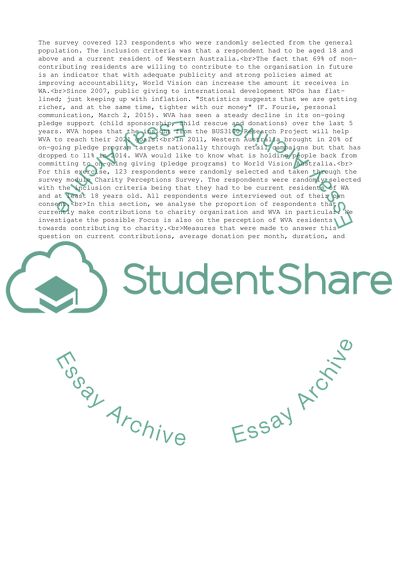Cite this document
(Business Research Practices Essay Example | Topics and Well Written Essays - 2250 words, n.d.)
Business Research Practices Essay Example | Topics and Well Written Essays - 2250 words. https://studentshare.org/humanitarian/1876210-business-research-practices
Business Research Practices Essay Example | Topics and Well Written Essays - 2250 words. https://studentshare.org/humanitarian/1876210-business-research-practices
(Business Research Practices Essay Example | Topics and Well Written Essays - 2250 Words)
Business Research Practices Essay Example | Topics and Well Written Essays - 2250 Words. https://studentshare.org/humanitarian/1876210-business-research-practices.
Business Research Practices Essay Example | Topics and Well Written Essays - 2250 Words. https://studentshare.org/humanitarian/1876210-business-research-practices.
“Business Research Practices Essay Example | Topics and Well Written Essays - 2250 Words”. https://studentshare.org/humanitarian/1876210-business-research-practices.


